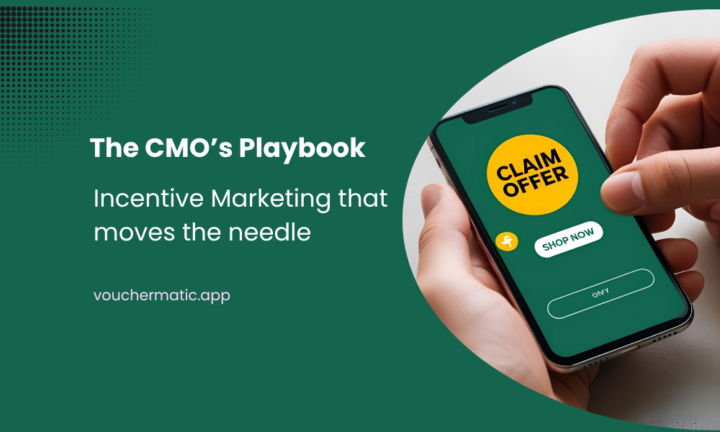Table of Contents
Do you know brands that give promotional gifts are 75% more likely to win over customers than those that don’t?
Source BPMA
Over the past decade technology has transformed how customers engage with brands. Convenience-driven digital shopping has replaced in-store loyalty. Meanwhile, Attention spans are shorter than ever. In this fragmented landscape, CMOs are being asked to do more than just drive traffic or reduce acquisition costs. They’re expected to create consistent, long-term customer value.
This is where incentive marketing comes in. When used strategically, it becomes a powerful force multiplier. It can shape consumer behavior, deepen engagement, and generate feedback loops that lead to smarter business decisions. But to unlock its full potential, businesses need the right incentive marketing platform.
That’s why it’s time to reframe incentive marketing. It’s no longer just a gimmick or a one-time sales push. Instead, it should be seen as a scalable framework for sustainable growth.
From Transactions to Relationships: The Evolution of Incentive Marketing
Until a few years ago, incentive marketing was mostly associated with coupons, discounts, and cashback offers. In highly competitive markets, these tactics often turned into a race to the bottom, frequently eroding brand equity.
Today CMOs are flipping the script. Rather than eroding value, they’re using incentives to enhance brand perception, drive behavior, and collect zero-party data. They are also Incorporating experiences that feel more like play than promotion. With the right incentive marketing platform, you can deliver personalized, contextual, and gamified experiences. Aligned with your business goals, not just sales targets.
As a result, Incentive marketing now supports every stage of the customer lifecycle—from acquisition and onboarding to retention and advocacy.
One powerful way to achieve this is by building an Incentive Value Stack.
The Incentive Value Stack
What is Value Stacking?
Value stacking is what sets your offer apart from your competitors. It involves bundling value-added components with your main offering. And selling them together as a package to enhance the perceived value of your product or service. This should be done strategically, with the goal of creating a sense of scarcity and urgency.
Steps to Create a Winning Value Stack
Let’s break down how the Incentive Value Stack applies in the context of retail powerhouses like Nestlé, P&G, and PepsiCo. These brands operate in hyper-competitive categories, often battling for loyalty in aisles where switching is just a few cents away.
Incentives, when done right, can be the deciding factor between a one-time purchase and long-term brand affinity.
Here’s how to build a value stack that resonates in today’s evolving retail landscape:
Step 1 – Know What Your Customers’ Want.
Use personas to understand what your customers care about most—from their pain points to their preferences and desires.
For example for Nestlé, it might be convenience, wellness, and nutrition. For PepsiCo, on the other hand, it could be it’s a refreshing break or party-sharing occasion. The first layer of your stack should anchor on solving a real need—product discovery, meal replacement, indulgence, hydration, etc.
Think QR Code Engagement. For instance, place strategically designed wobblers along the aisles where your product is displayed. Use eye-catching “Lucky Draw” or “Spin & Win” messages to attract shoppers and drive engagement. It will help your product stand out among hundreds of others on the shelf.
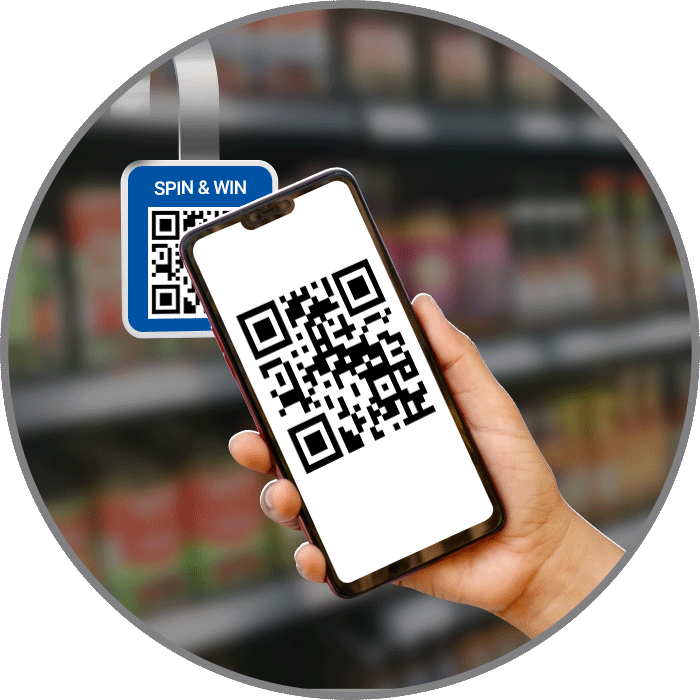
Step 2 – Define your core offer.
This is the product or service that will sit at the center of your incentive strategy—something that directly addresses the target audience’s pain points. For example in the case of brands like P&G, think beyond just detergent—explore new ways to tell stories and engage people that push the boundaries of what the brand can do.
Take Tide Pods, for example. After years of research, they were launched as pod detergents that offered pre-measured convenience, powerful cleaning, and a premium laundry experience. In fact, According to P&G’s annual report, unit-dose detergents like Tide Pods achieved double-digit organic growth globally and contributed significantly to fabric care sales.
Step 3 – Now it’s time to brainstorm the value-added incentives.
What can you add to make the product or service more valuable to the customer?
You might consider offering access to private communities, sharing training manuals, providing monetary rewards, and more.
For example, in 2022, PepsiCo launched a limited-edition Pongal-themed 7Up pack for the Indian market, blending local culture, occasion-based marketing, and nostalgic packaging (featuring Fido Dido). By doing so, these creative layers added emotional and contextual value beyond the beverage itself.
Step 4 – Choose an Idea and Package it Creatively.
To bring it all together create a visually and emotionally compelling package. Use storytelling, design, and smart copywriting to highlight not just what’s included, but why it matters.
Nestlé’s “Smart Choices Made Easy” positioning, for example, bundles nutritional education with product offerings to make the package feel holistic. So, think like a creative director —every element should contribute to a sense of delight and relevance.
Step 5 – Promote It Well.
Once the package is ready, promote it effectively to your target audience. Use the right marketing channels—such as social media, email campaigns, and content marketing—to make sure your audience knows about the value-packed offer.
Take Nestlé’s “Good Food, Good Life” campaign, for example. Instead of a one-size-fits-all approach, Nestlé executed a digital-first strategy across global markets. Specifically, they partnered with influencers—mom bloggers for Gerber. lifestyle creators for KitKat. They also ran mobile-first content like recipe reels and parenting tips on platform-native formats like Instagram and TikTok.
Moreover, their campaign also included localized media sequences and purpose-driven messaging around nutrition and sustainability.
This strategic, multi-channel rollout reinforced the brand’s platform-wide value proposition by meeting consumers where they engage most, making the storytelling as impactful as the products themselves.
Industry Trends to Elevate The Playbook
Here are some of the latest trends that can level up your marketing game, especially if you’re in the retail sector.
Zero‑party data is the new growth currency.
With privacy regulations (e.g., GDPR, DPTM, CCPA) and the decline of third-party cookies, brands are pivoting to zero‑party data—asking consumers directly for preferences in exchange for value. This approach not only complies with regulations but fosters trust and delivers richer personalization.

Gamification is booming across retail touchpoints.
The global gamification market exceeded USD 16 billion in 2024. It is set to reach nearly USD 20.8 billion in 2025. All because of interactive tactics like progress milestones, AR integrations, and social sharing features. In retail, gamified experiences (e.g., reward challenges, digital scavenger hunts) can boost repeat visits and deepen brand engagement.
AI supercharges personalization at scale.
AI-driven strategies enable real-time tailoring of incentives—bundles, rewards, digital experiences—based on behavior, segment propensity, or location. This hyper-personalization boosts relevance and conversion like never before.
Modern Use Cases That Move the Needle
Today’s leading marketers are using advanced incentive marketing platforms to solve real business problems. Engage customers in meaningful ways, and achieve long-term goals.
Here are a few modern, high-impact ways brands are using incentive marketing:
Gamification
Brands are using tools like spin-the-wheel, scratch cards, and trivia games to make customer interactions fun and rewarding. These simple game mechanics boost participation and keep your audience coming back. Some examples of Gamified campaigns include:
- Spin-n-Win: Mother’s Day, Father’s Day Special, V-Day Campaigns
- Scratch Cards: Easter Scratch-n-Win, Valentine’s Day Special, Women’s Day
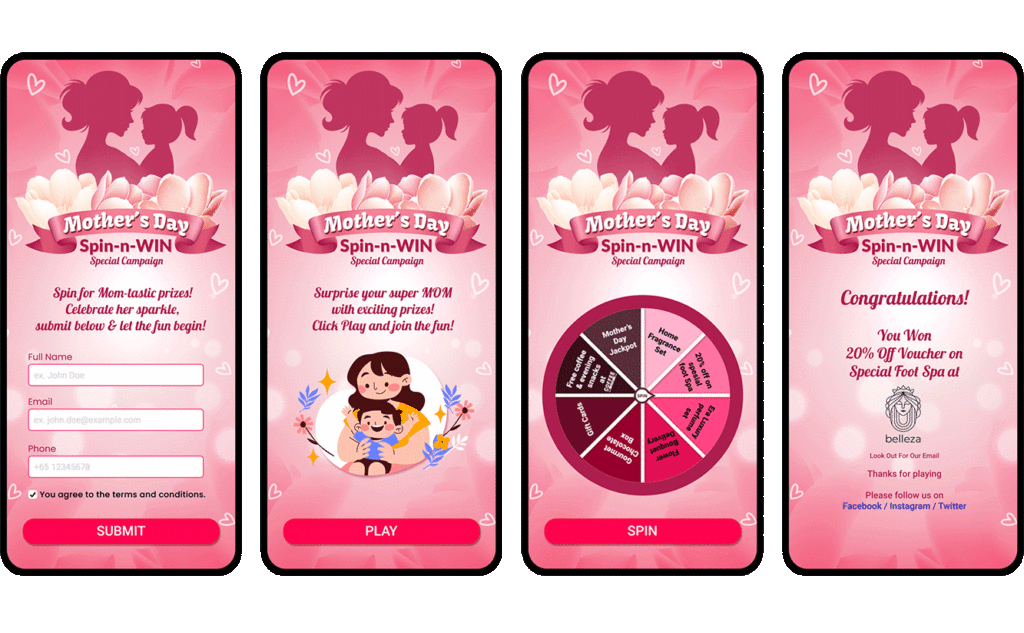
- Memory Games & Puzzle Challenges: Back to School, Super Mom Challenge
- Lucky Draw Campaigns: Great Singapore Sale, CNY Celebrations, Bumper Lucky Draws

Digital Gift Voucher Campaigns
Whether it’s for special occasions, festivals, or flash sales, e-gift vouchers offer instant value. They’re perfect for both B2C and B2B as they help boost revenue and build brand affinity.
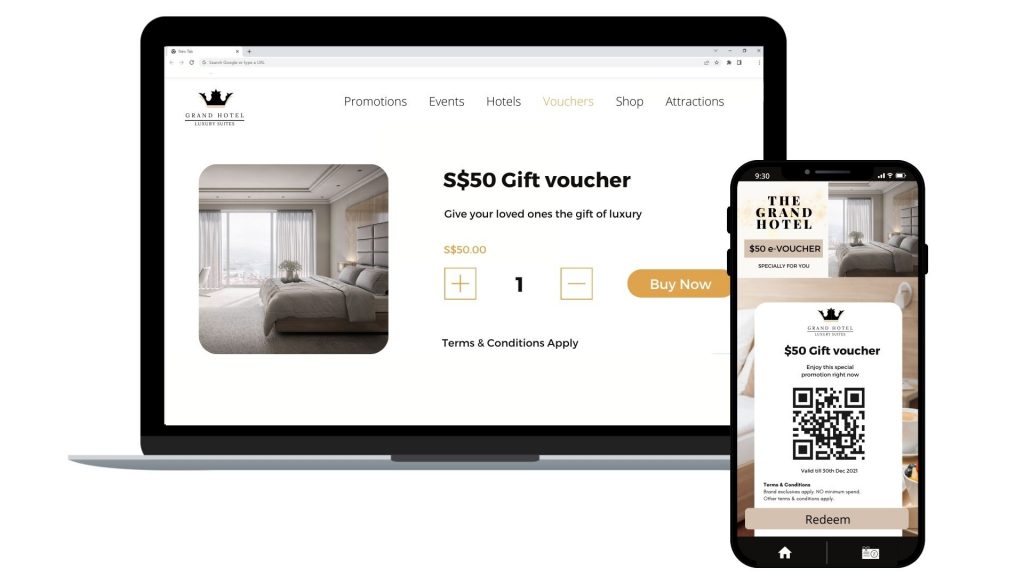
Tiered Memberships
You can gain customer loyalty by offering exclusive perks to the best customers. A well-designed loyalty program with membership tiers and points systems will keep them engaged. Offer such incentives to top-tier members and turn one-time buyers into lifelong fans.
Incentivize Customer Actions
If you want more reviews, survey responses, or app downloads, then reward them in return. Micro-incentives like loyalty points, digital vouchers, and discount coupons can drive the behavior you want while giving customers something valuable in return.
e-Vouchers for Customer Service Recovery
When something goes wrong, empower your customer support team to offer instant digital vouchers. It turns a negative experience into a brand-building moment.
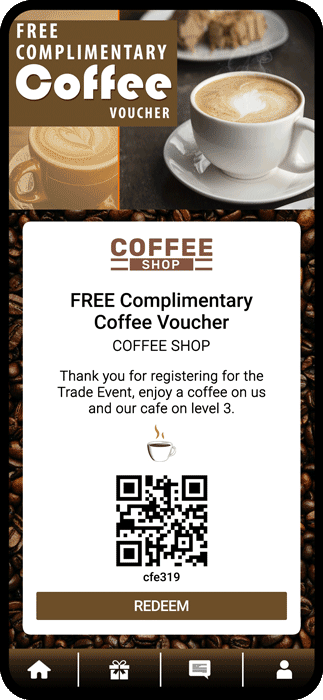
O2O Campaigns
Bridge online and offline worlds. For example, send a digital voucher that can be redeemed in-store, or vice versa. This drives traffic across channels and makes the customer experience seamless.
Acquire First-Party Customer Data
Use coupons and reward campaigns to encourage sign-ups and collect valuable customer insights. With privacy becoming a bigger issue, this is a smart way to build your own database.
These use cases show how incentive marketing can be far more than just a discount strategy. When used right, it becomes a growth engine, which further helps you deepen relationships, improve retention, and stand out in a crowded market.
Avoiding the Pitfalls
Like any powerful strategy, incentive marketing can do more harm than good if not handled right. Here are three common mistakes to watch out for:
Using One-Size-Fits-All Tactics
Not every customer wants the same thing. Generic incentives fall flat. Instead, tailor rewards based on customer behavior, preferences, or where they are in the buyer journey.
Collecting Data Without a Plan
Gathering customer data is great — but only if you know how to use it. Without a strategy, you’re just hoarding data with no real outcome. Make sure you act on the insights you gain.
The CMO’s Role in Reinventing Loyalty
Today’s CMO can’t treat incentive marketing as a stand-alone tactic. It must be woven into the larger brand experience.
To succeed in this new landscape, you need:
- A modern incentive marketing platform like Vouchermatic lets you personalize offers and track performance with ease.
- A cross-functional approach, where marketing, product, and data teams work together toward shared goals.
- A strategic vision, one that sees incentives not just as tools to drive conversions, but as ways to build long-term customer relationships.
In a world where attention span is too short and customer acquisition costs are climbing, smart incentive marketing isn’t just nice to have — it’s essential. The game has changed. It’s time to play smarter.
To get started with incentive marketing, visit Vouchermatic
